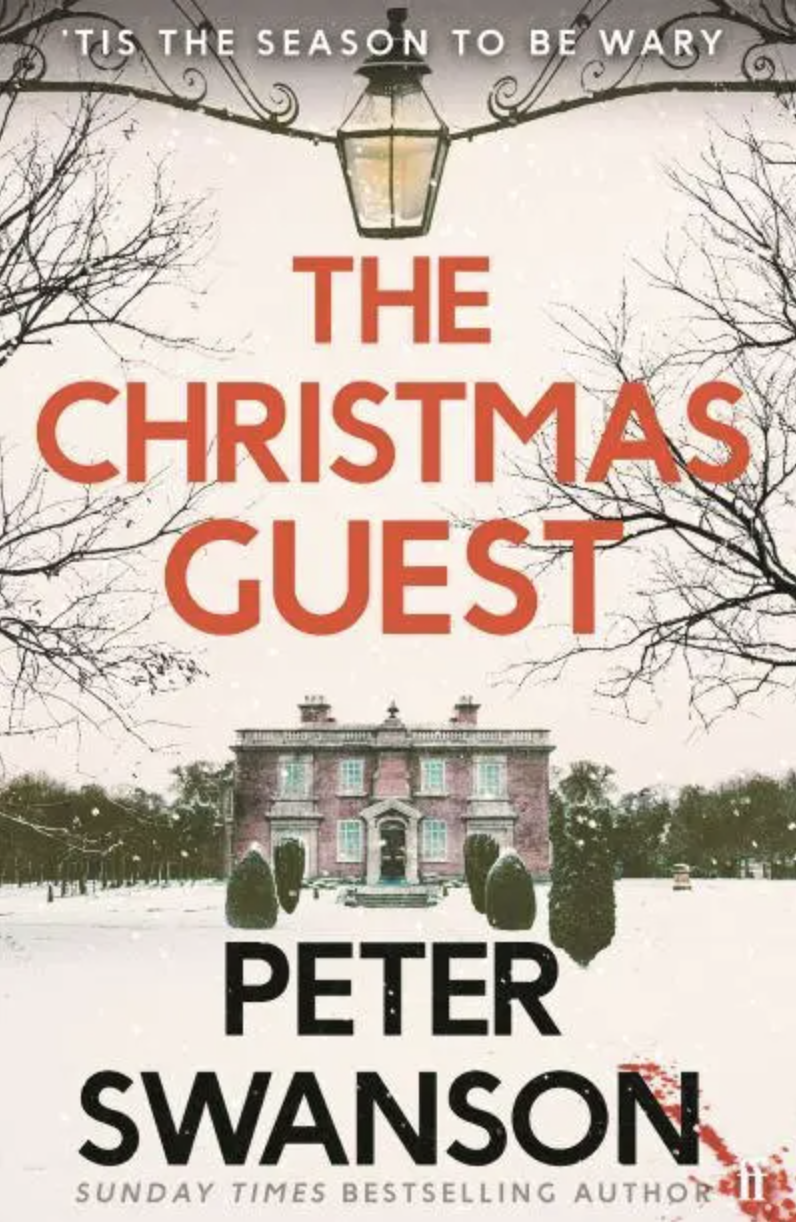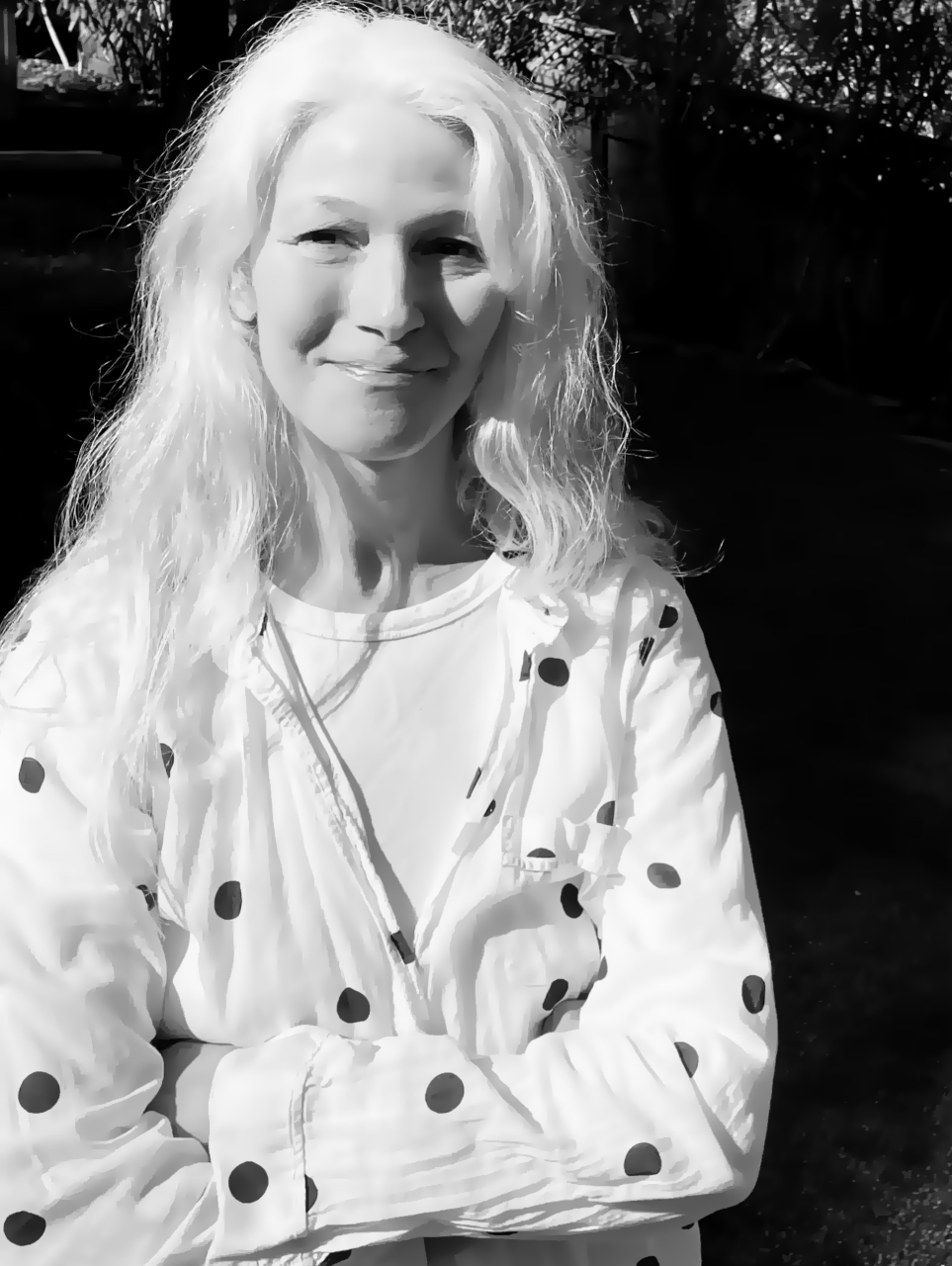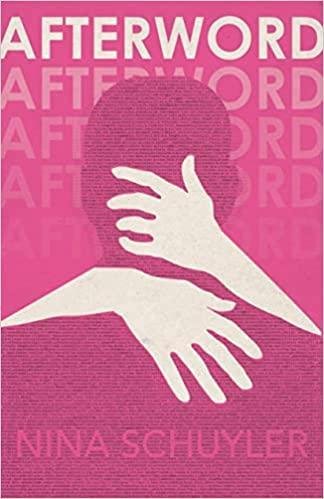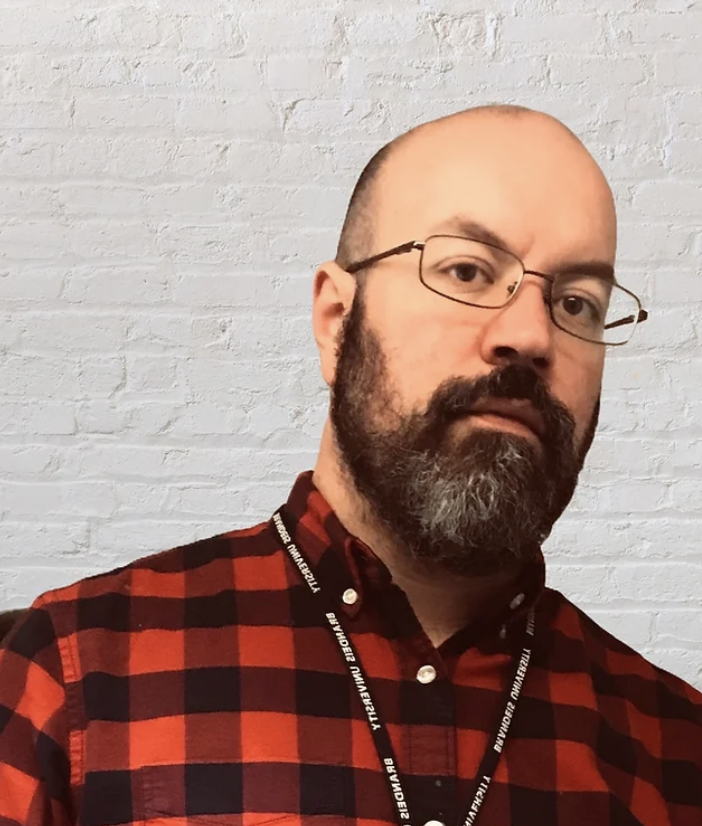I Done Clicked My Heels Three Times, by Taylor Byas, reviewed by Rebecca Samuelson
The idea of home elicits different feelings for people and often involves looking at the past. Sometimes it conjures an image of an old bedroom or familiar faces. In her debut full-length collection, Byas draws inspiration from The Wiz and continually expands on this act of returning home. The speaker recalls specific instances in their childhood, but sometimes, it feels impossible to return to that exact state of mind. I Done Clicked My Heels Three Times is a poetry collection that transcends the typical concept of coming home. Taylor Byas solidifies her love of Chicago while giving the reader other feelings to reckon with in her work. Whether it is love, healing, or an ache that is not quite quelled with home, she crafts a journey that makes room for the reader while keeping her personal experiences at the center.
This collection is a masterclass on the modernization of forms. The sonnets, sestinas, and multiple-section poems have an intentional quick pace that prevents them from becoming static or archaic. Within these standard forms are references to popular culture that immediately capture the reader’s attention as seen in “Jeopardy! (The Category Is Birthright)” (11–13). Using the game show as a poem format not only raises the stakes for the questions the speaker is asking but also expands on the process of trying to find answers outside of yourself. The poem immediately asks when inheritance begins and one of the stand-out answers is in lines 9-11:
What is: when her memory of that pain becomes
my first heirloom, scrubbed clean
from her body’s memory
This image of inheriting her mother’s pain is something many readers can identify with. The poem is so intriguing because it does not stop at this moment. Using five game show clues she touches on the impact of her mother’s pain, her father’s traits, and how this impacts not only her actions but the trajectory her life is on.
There are many extended images throughout the collection that shine because of Byas’s careful precision and set-up. This is seen in the continuation of each “South Side'' poem, capturing as much of her hometown as possible, and also in other pieces, enhancing specific locations. In “The Gathering Place—Grandma’s House” (21–22), image descriptions help solidify an important figure in the speaker’s life. In two sections, the speaker covers the transition from childhood to adulthood. The second stanza creates a moment of pause and awe:
Her bedsheets aqua
blue, an ocean of satin
shared with her swollen
limbs. We slept curled on our sides—
a tight line of small cashews. (6-10)
Describing sleeping beside her family members on her grandma’s blue sheets takes on more weight with Byas’s imagery and stark line breaks. The reader could spend so long mulling over “satin” or “swollen” before envisioning children gathered at a sacred meeting place. This piece feels significant because the grandmother and her domain are brought up in other pieces in the collection. The reader grasps the importance of her presence.
Even though there is a heavy emphasis on memory and discovery, Byas makes sure the reader doesn’t get trapped in the past. She accomplishes this by highlighting distinctive memories and how they changed her perspective. The most clear example of this is in “Don’t Go Getting Nostalgic” (60). The speaker is rummaging through her old belongings and comes to realize how many different interpretations of herself exist:
… A
version of me that still believes that loving you was enough, that wanting things to work would make it so. … (6-8)
Whether it’s through letters to herself or a special someone, the speaker realizes how much she has transformed over time. Byas continues to pull on this thread of self-discovery to examine what we inherit from the people and environment around us.
While on this journey returning home, there is an overarching theme of healing as a continual process. The poems allude to the difficulty of and the desire for healing in different parts of the speaker’s life—at times in the form of untangling her relationship with her father and other times in recounting fleeting moments of love with significant others. Through all the questioning and excavating is a sense of trying to piece together what healing means for the individual. This act of drawing connections is prevalent in “After the Car Accident” (79). These thoughts are reginited after hitting a parked car:
… ; if no one
saw me hit the car, did I do it? If my father never apolo-
gized on our old phone calls, did he truly wound me? … (16-18)
The memories flood in as the speaker tries to get a grip on the accident. What seems rhetorical becomes very real for her at this moment.
I Done Clicked My Heels Three Times is a collection inspired by recollection and relics across the speaker’s lifetime. From game shows to The Wiz, these poems traverse through memories and aspirations for growth with ease. Against the backdrop of home, Byas examines the pieces of her life without trying to force them to fit. This book demonstrates how returning to these places or thoughts is vital work but doesn’t necessarily reveal a clear path forward. The path of returning home is constantly changing and unfolding.




















